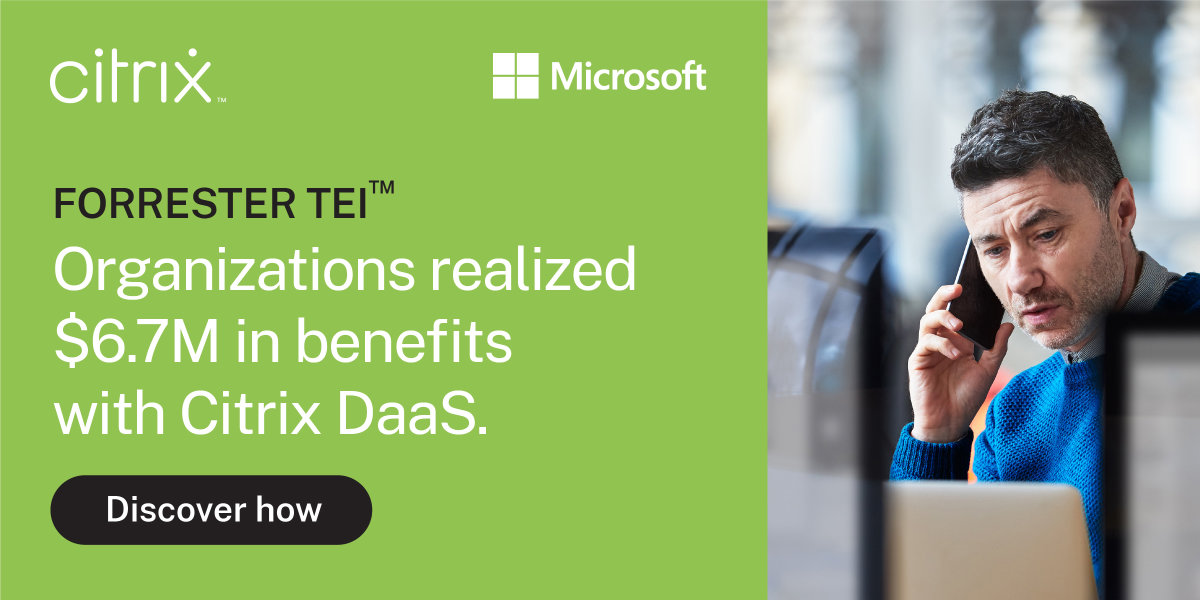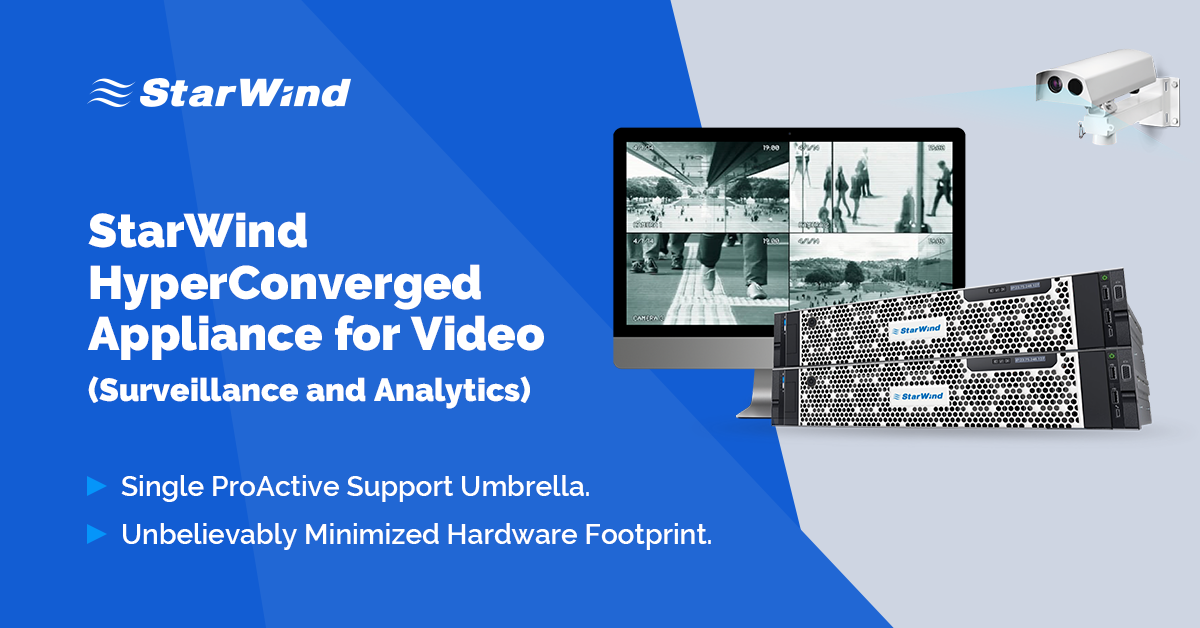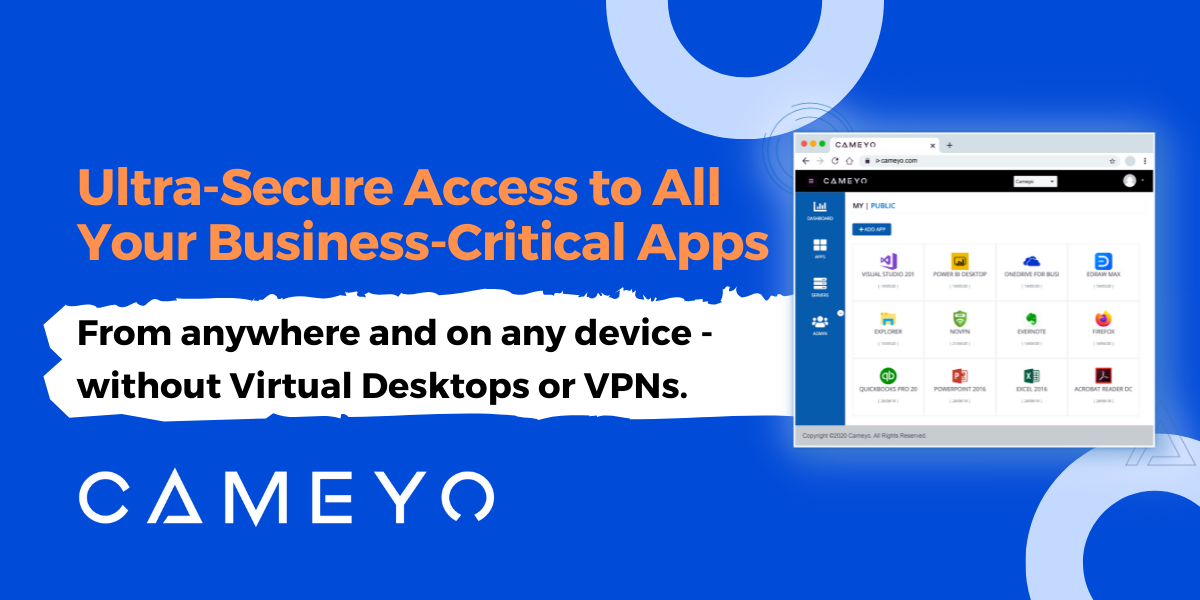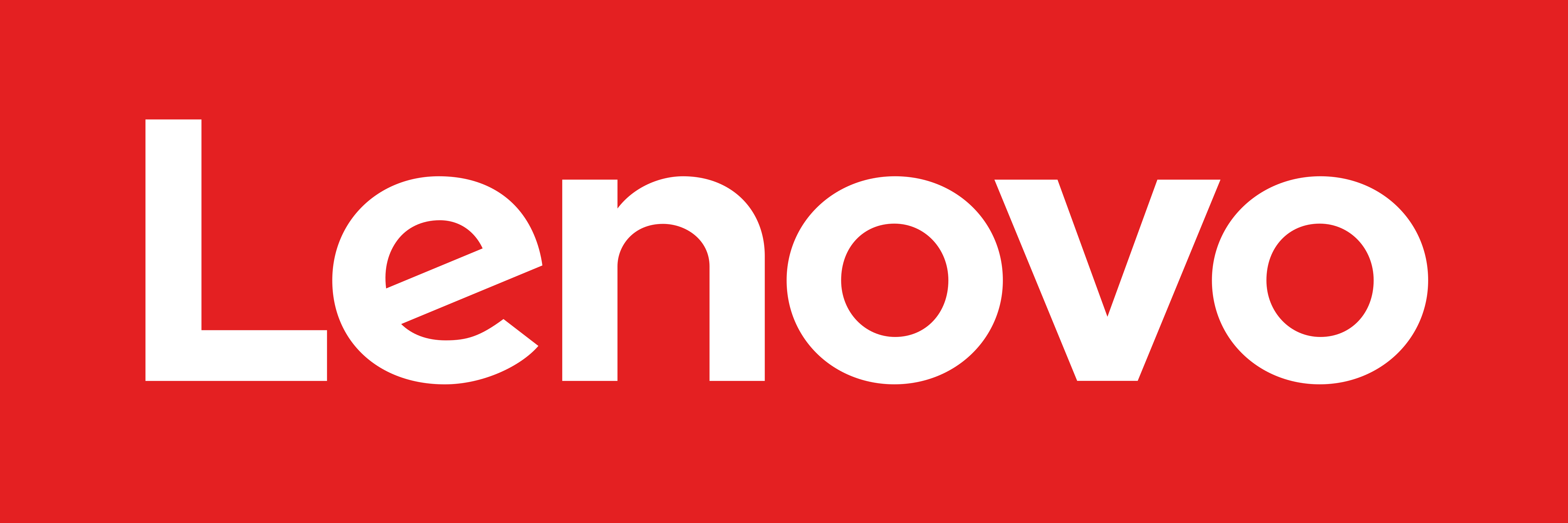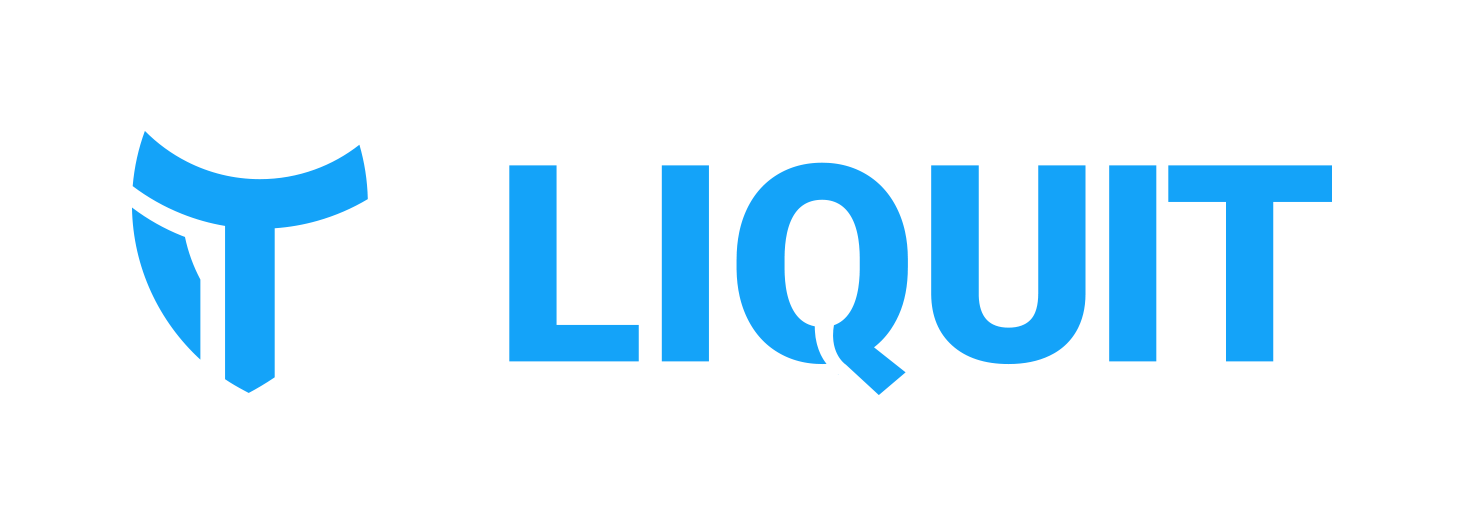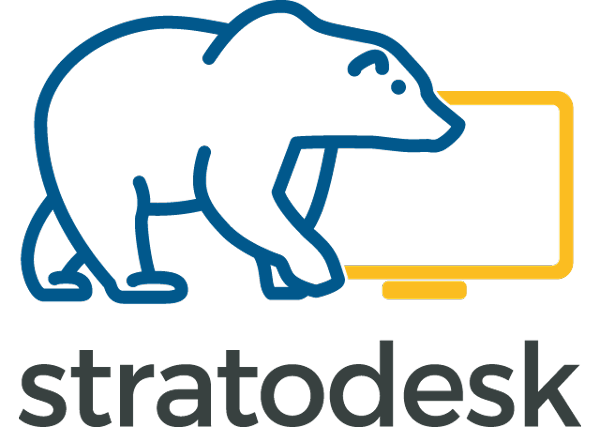VMblog: How Has Stratodesk evolved as a company since we last spoke?
Rich Severson: Stratodesk has really led the change in delivering a powerful, turnkey solution for end user computing and VDI/Cloud deployments. This can especially be seen in how we've handled the pandemic. Enterprises and small to medium sized businesses came to us with an urgent desire to leverage our software to solve the challenge of enabling remote work.
Stratodesk has evolved with new innovations, technologies, partnerships and the major software update codenamed EMERALD BAY that includes updates for collaboration tools, added security features like MFA/2FA and cloud solutions such as the NoTouch Center in Azure Cloud for endpoint management. And, of course, we have added many, many great people, once again multiplying our workforce, to match the frenetic pace of our revenue growth, year over year.
VMblog: We are here to talk about the accelerated world of remote work. How does your company see it and define it?
Severson: We have seen the remote work trend growing for some time. The pandemic just sent that already rising trend into hyper drive. Instead of workers slowly trickling away from offices into rural areas and performing essential job tasks remotely over the course of a few years, it happened all at once.
From a certain standpoint, however, remote work isn't really the trend we talk about anymore. Many of our customers have made that switch, and they are handling it beautifully. 2021 instead is about making remote work better. Namely, we are very excited about how our software makes hybrid work a reality.
VMblog: Why is hybrid work such an essential model moving forward for businesses and enterprises?
Severson: Hybrid work is where the future of work is headed. There will always be a substantial, fully remote workforce. But the real drive in 2021 and beyond is towards hybrid work. In fact, 9 out of 10 executives envision a hybrid work deployment in the future. But realizing that is a lot harder. It takes technological innovation to make hybrid work a reality. That's where Stratodesk comes in.
VMblog: How does Stratodesk enable hybrid work, specifically?
Severson: Stratodesk NoTouch is inherently hybrid work friendly. That's because no matter what device you are using - we don't care. We run on that device, and we let you manage it from one secure administration console. Stratodesk NoTouch OS adds a vital security layer to your endpoints, and also enables BYOD. NoTouch GO, for example, is the lightweight device that your workers can connect directly to their endpoints and connect to their virtual desktops without any IT involvement. This means that no matter where your workers are doing their work - at home on personal devices, on the go, or in the office - Stratodesk can easily and effectively make that happen.

Another example is the timely development of Stratodesk Cloud Xtension. Stratodesk Cloud Xtension allows new and existing customers to migrate the enterprise managed devices to offsite, and add new WFH devices by easily standing up Cloud Xtension with the Cloud Xtension URL.
VMblog: What are some of the issues that companies will face as hybrid work becomes more mainstream?
Severson: Enabling personal devices is going to be a huge issue. Even more difficult will be enabling workers to switch between those personal devices and in office ones while ensuring the complete security of confidential and corporate data.
VMblog: How do you see this change to working from anywhere affecting productivity? Will it increase, decrease, have no effect?
Severson: It depends. A lot of organizations saw that people working remotely did not impact productivity, at least not nearly as much as they had expected. Couple that with the savings that employers gain from not having to provide office space for all of their employees, and suddenly hybrid work becomes very attractive.
In reality, however, as a society we've moved beyond the idea that work is somewhere you go. For many professionals and knowledge workers, work is something you do, not a place you go. Making hybrid work possible is simply technology's way of catching up to the changing shift in the landscape of modern work.
VMblog: Do you see this shift in work changing the way all teams and organizations operate going forward?
Severson: Ask any team what the pandemic caused them to do and they will tell you - it forced them to rethink how they communicate. And, of course, technology plays a massive role in this. This is why Stratodesk was so forward thinking. By working closely with industry leaders, we were able to deliver Zoom, Microsoft Teams, Cisco WebEx among other collaboration tools directly within our OS when the time came for multiple dispersed teams to use them.
VMblog: What are some of the benefits of hybrid work that organizations should be aware of?
Severson: Hybrid work is really unique in that it enables the benefits of both in office and remote work models. Workers get the flexibility they crave, businesses benefit from lower operation costs and happier workers (so less turnover), and it avoids some of the problems of remote work like workers feeling isolated or disconnected.
VMblog: What problems outside of remote and hybrid work are being solved by your software?
Severson: Real world problems, like the chip shortage, are currently being solved thanks to Stratodesk NoTouch. As I'm sure you've heard, there has been a massive semiconductor shortage hitting the world. It was popularized in the media due to massive consumer products (video game consoles and the latest smartphones) being hard to find and being more expensive.

This isn't only a problem for consumers, however. It's a major problem for business, especially enterprise IT. In a world where prices for devices are skyrocketing, the value of extending hardware lifecycles and reducing refreshes is massive. We've had customers save millions of dollars thanks to Stratodesk NoTouch and its PC Conversion capabilities.
Additionally, Stratodesk NoTouch is helping the environment. It makes green computing a possibility for virtually any business and/or organization, reduces waste (once again through PC Conversion), and by enabling hybrid work it cuts down on the amount of precious resources that are being used to get workers from point a to point b.
VMblog: How are you different from your competitors? Why would someone prefer your offerings to those provided by others in the industry?
Severson: Stratodesk is faster, smarter and more innovative. We are constantly pushing the envelope beyond what anyone ever expected an EUC solution was capable of. On the security side, in addition to our software being inherently secure directly out of the box, we offer advanced Multi-Factor Authentication features and enable our customers to quickly deploy our software, self provisioned, via the Microsoft Azure Marketplace. Additionally, we run on an unprecedented number of devices. That one is a really cool story that you'll be hearing more about soon.

VMblog: What does the future of work look like? Will we go back to the office? Will remote work expand? Will we see a hybrid? What happens if employees don't want to return to the office but employers do?
Severson: Workers already have decided they would rather quit their jobs than return to the office full time. This will of course put pressure on employers to make flexible work more of a priority going forwards. But ultimately what we will see going forward will be a more hybrid world, where workers are doing their best work from the office, at home, on the go, or even from third workplaces!
